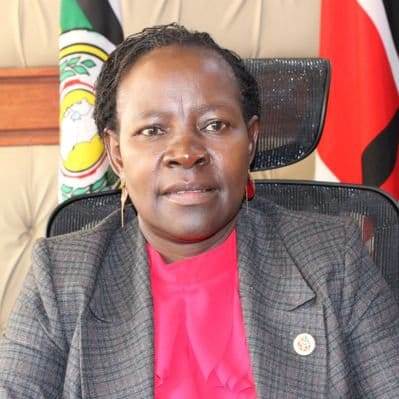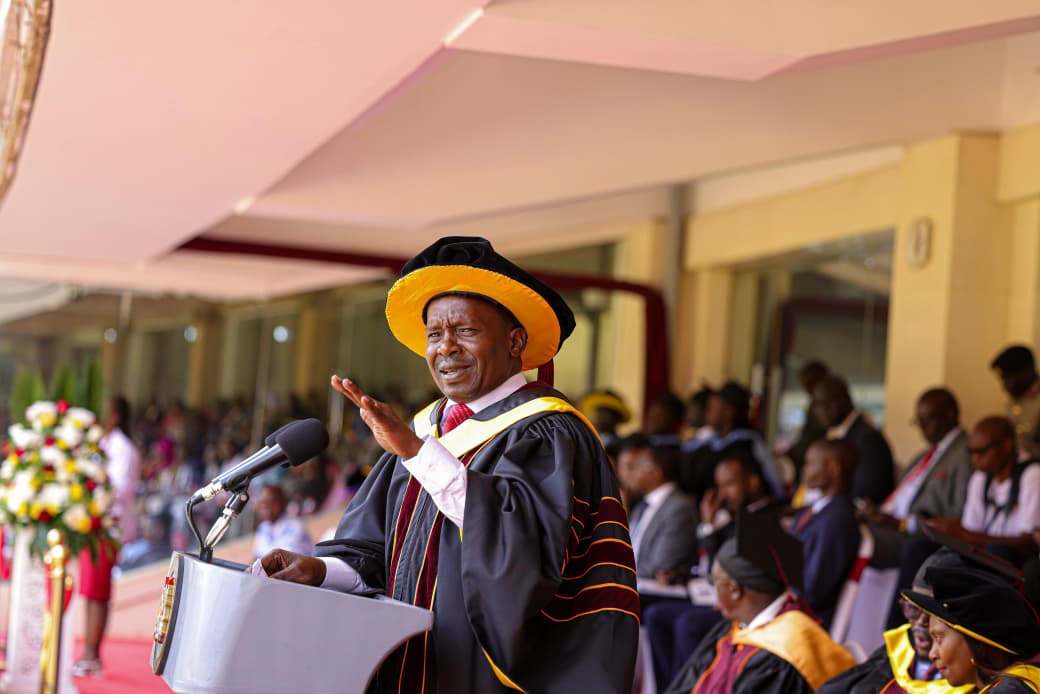Armed conflicts currently happening across the globe—in places like Gaza, Sudan, Ukraine, the Democratic Republic of Congo, Syria, Myanmar, Yemen, and parts of the Sahel—are having a devastating impact on education. The cost is measured in lost futures, shattered institutions, and a generation robbed of its right to learn. While many focus on the physical and economic consequences of war, the destruction of education systems is one of the most painful, lasting, and dangerous outcomes.
Warring parties often destroy or occupy schools. Some are bombed, turned into military bases, detention centres, or shelters. According to UNICEF and Save the Children, hundreds of schools are attacked each year in conflict zones.
In Gaza and Ukraine, for example, entire school districts have been reduced to rubble. In Sudan, some schools have been transformed into battlegrounds or military outposts, rendering them unfit for learning even after fighting ends. In Syria, the war that began over a decade ago has left nearly half of the country’s schools either damaged or destroyed.
Millions of school-age children are refugees or internally displaced. In Syria and Yemen, prolonged conflict has left millions of children out of school. In Sudan, war has displaced over 9 million people—many of them children—cutting them off from any formal education.
Refugee camps and displacement centres often lack permanent schooling structures. Education in such areas is either improvised, run by volunteers, or completely absent. For a child on the move, carrying the trauma of war and uncertainty, the classroom becomes a far-fetched dream.
Armed groups in many conflicts forcibly recruit children as soldiers, messengers, spies, or labourers. These children lose not only their education but often their lives and innocence as well. In Somalia, the DRC, and parts of the Sahel, child recruitment remains a significant challenge.
Children as young as ten are pulled from their classrooms or homes and indoctrinated or forced into service. Once taken, these children are lost to a world of violence, trauma, and exploitation. They miss school for months or years, and re-entry into formal education—if it ever comes—is often too late.
War leaves lasting trauma. Children who have witnessed killings, bombings, rape, or displacement often struggle to focus or engage in school. Without psychological support, education becomes ineffective or even impossible.
Emotional distress and Post-Traumatic Stress Disorder (PTSD) are common among children from conflict zones. A child may physically sit in a classroom, but mentally be trapped in a memory of violence. Without proper counselling and structured psychosocial support, trauma festers and blocks the capacity to learn and thrive.
READ ALSO:
Governor Wanga leads empowerment initiative to keep girls in class
Teachers are killed, displaced, or forced to flee for safety. In many conflict areas, educators are targets of violence or repression. Some are threatened for promoting education; others are caught in the crossfire or must abandon their roles to protect their families.
When schools resume, the shortage of qualified staff severely undermines learning. In regions like northern Ethiopia, Afghanistan, and parts of Central Africa, education systems have lost years of teacher development and institutional capacity. Recruitment of new teachers is almost impossible in insecure environments.
Entire education systems break down in prolonged conflict. Ministries of education cannot operate, exams are cancelled, and national curricula are disrupted. Planning and policy-making cease. In Afghanistan, the political instability following the Taliban’s return to power has rolled back progress, particularly in girls’ education. Universities have been closed or repurposed, and international support has dwindled, resulting in a gap in oversight and funding. In some cases, education is replaced by ideological indoctrination, further distorting young minds and weakening prospects for peace and development.
In war zones, girls are especially vulnerable. They face sexual violence, forced marriage, and are often kept out of school due to cultural or safety concerns. In northern Nigeria, for example, Boko Haram has specifically targeted girls’ schools and abducted female students. Fear of abduction, harassment, or rape keeps many parents from sending their daughters to school. Where schools exist, there may be no female teachers, no sanitation facilities, or no protective structures, making girls’ attendance unsafe and unsustainable.
War-stricken families prioritise survival over school. Children are forced into labour to help support their families. In places like Yemen, where hunger and poverty are widespread, children sell water, shine shoes, or beg in the streets instead of attending school. Parents can’t afford school fees or transport. Education becomes a luxury rather than a right. School uniforms, books, or even daily meals become unaffordable for war-affected families. As the crisis deepens, the idea of school becomes less of a necessity.
The long-term effects are dire. An uneducated population weakens economic recovery, perpetuates poverty, and increases the likelihood of future conflict. Countries like South Sudan and the Central African Republic are trapped in cycles of war and illiteracy. Without education, rebuilding efforts falter. Skilled labour is scarce, civic awareness is low, and democratic engagement is weak. Education is not only a personal right but a societal foundation. Its absence haunts nations for decades.
In peaceful countries, learning sometimes continues online during crises. But in conflict zones, internet infrastructure is either damaged or absent. This worsens educational inequality and leaves millions completely disconnected from modern education. Remote learning, which proved vital during the COVID-19 pandemic, is not an option for many. Without electricity, devices, and connectivity, digital learning becomes another unreachable dream.
The ongoing wars across the world are bleeding education systems dry. They are destroying schools, killing dreams, and creating a lost generation that may never catch up. The cost is not just in dollars but in dignity, development, and peace.
Education is not just a casualty of war—it’s often a target. And until global efforts prioritise protecting schools and children, wars will continue to steal what no child should ever lose: the right to learn. The world must do more than count the bombs and the bodies—it must also count the broken chalk, the closed schools, and the silenced dreams. Because when education is attacked, it is not just a classroom that dies—it is the hope of a nation.
By Ashford Kimani
Dean of Studies – Gatundu North Sub County
You can also follow our social media pages on Twitter: Education News KE and Facebook: Education News Newspaper for timely updates.
>>> Click here to stay up-to-date with trending regional stories
>>> Click here to read more informed opinions on the country’s education landscape





